Online Gifts Delivery Anywhere Anytime...
Doviko

support@doviko.com(+91) 928 924 3767Contact Us
0item(s)
You have no items in your shopping cart.
Product was successfully added to your shopping cart.
Jade Plant Online
-
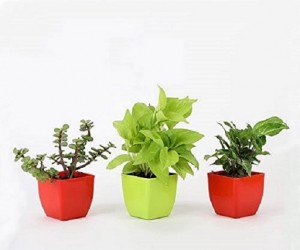 -13%Jade Plant, Money Plant, Syngonium Plant Combo in Plastic Pots
-13%Jade Plant, Money Plant, Syngonium Plant Combo in Plastic PotsRegular Price: ₹549
Special Price ₹479
-
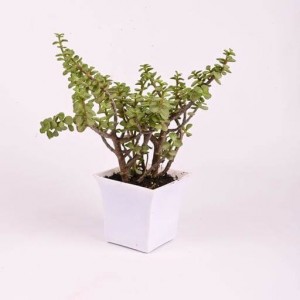 -14%Jade Plant with White Rubi Pot
-14%Jade Plant with White Rubi PotRegular Price: ₹349
Special Price ₹299
-
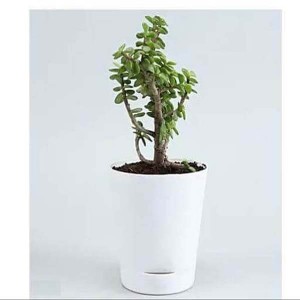 -33%Jade Plant in White Self Watering Planter
-33%Jade Plant in White Self Watering PlanterRegular Price: ₹299
Special Price ₹199
-
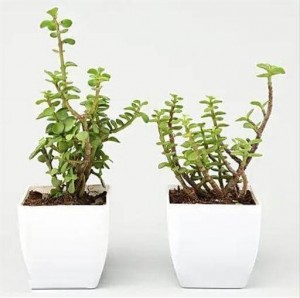 -20%Good Luck Jade Plants Combo in Square White Pots
-20%Good Luck Jade Plants Combo in Square White PotsRegular Price: ₹299
Special Price ₹239
-
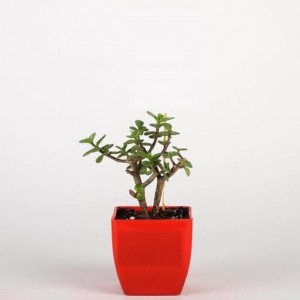 -24%Jade Plant in Red Plastic Pot
-24%Jade Plant in Red Plastic PotRegular Price: ₹249
Special Price ₹189
-
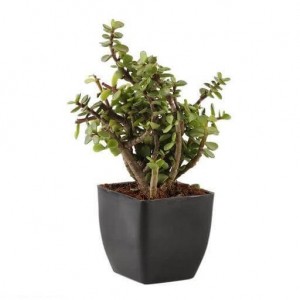 -20%Jade Plant in Black Plastic Planter
-20%Jade Plant in Black Plastic PlanterRegular Price: ₹199
Special Price ₹159
-
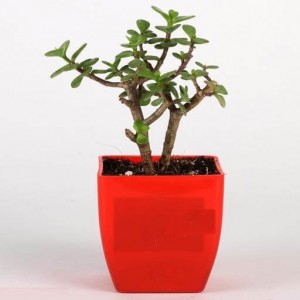 -10%Jade Plant in Beautiful Red Planter
-10%Jade Plant in Beautiful Red PlanterRegular Price: ₹199
Special Price ₹179
-
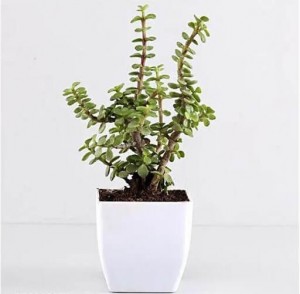 -15%Jade Plant in White Plastic Planter
-15%Jade Plant in White Plastic PlanterRegular Price: ₹199
Special Price ₹169
-
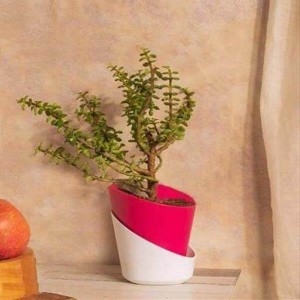 -17%Jade Plant in Self Watering Pot
-17%Jade Plant in Self Watering PotRegular Price: ₹299
Special Price ₹249
-
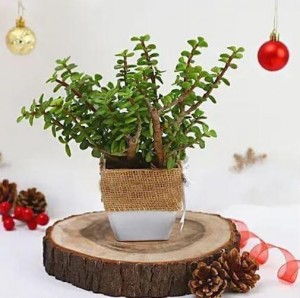 -20%Jade Plant in Jute Wrapped White Pot
-20%Jade Plant in Jute Wrapped White PotRegular Price: ₹199
Special Price ₹159
-
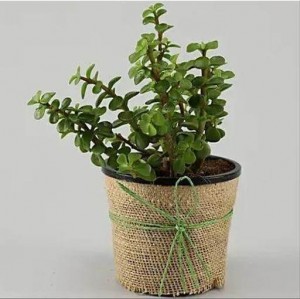 -20%Jade Plant in Beautiful Jute Wrapped Pot
-20%Jade Plant in Beautiful Jute Wrapped PotRegular Price: ₹199
Special Price ₹159
-
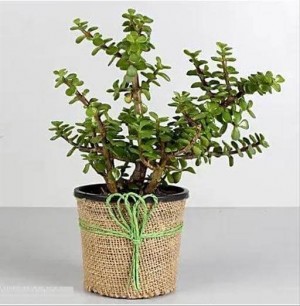 -20%Jade Plant in Jute Wrapped Pot
-20%Jade Plant in Jute Wrapped PotRegular Price: ₹149
Special Price ₹119
-
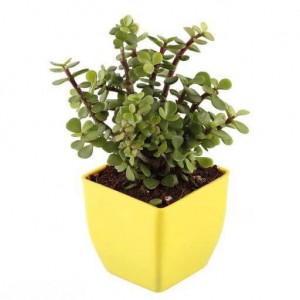 -28%Jade Plant in Yellow Plastic Pot
-28%Jade Plant in Yellow Plastic PotRegular Price: ₹249
Special Price ₹179
-
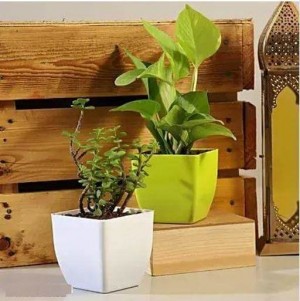 -13%Money Plant & Jade Plant Combo with Pots
-13%Money Plant & Jade Plant Combo with PotsRegular Price: ₹299
Special Price ₹259
-
 -16%Green Jade Plant & Syngonium Plant Combo in Plastic Pots
-16%Green Jade Plant & Syngonium Plant Combo in Plastic PotsRegular Price: ₹449
Special Price ₹379
Loading ...Load More ...
Contact Information
Phone:
9289243767
Email:
support@doviko.com
Working Days/Hours:
Mon - Sun / 10:00AM - 7:00PM
Be the First to Know

